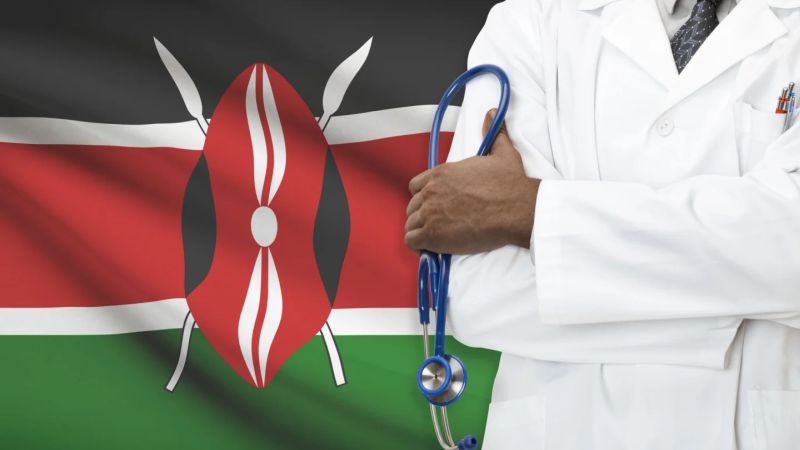The annual mortality burden, the causes of mortality, and the changes over time are key indicators of population change and are important for improving health services and reducing preventable deaths.
Measuring how many people die each year helps to assess the effectiveness of our health systems and direct resources to where they are needed most, the World Health Organization (WHO) says.
According to data contained in the 2024 Economic Survey Report, there were 205,731 deaths registered in Kenya in 2023, a decrease of 3.6% compared with 2022 (213,210 deaths).
> SHIF: How Does Social Health Insurance Fund in Kenya Work?
There was a larger decrease in male deaths (4.0% lower) than in female deaths (2.8% lower) compared with 2022, but the number of recorded deaths was higher among males compared to females across all age groups, except for those aged 75+ years.
The survey showed that non-transmissible diseases were among the top five leading causes of death overall in 2023, with pneumonia, cancer, sudden death, and malaria claiming the first four spots as the leading causes of mortality for both men and women throughout the year.
The report, which provided the annual mortality burden in numbers by cause of death, indicated that the most common diseases reported in hospitals in the country were those affecting the respiratory system, of which pneumonia is a type, with cases up by 22.4% from 2022. Malaria followed, with a 5.1% increase, reaching 4,453,015 cases in 2023.
Heart diseases, cirrhosis of the liver, communicable or transmissible diseases such as HIV/AIDS, tuberculosis (TB), hepatitis A, B, and C, along with injuries, and maternal, perinatal, and nutritional conditions were also among the leading causes of death for Kenyans.
In 2022, the estimated HIV prevalence in Kenya was 3.7% in adults aged between 15 and 49, with 18,000 Kenyans dying from AIDS-related causes in the same year. As it coordinates the end of the HIV epidemic in the country, the Kenya Medical Research Institute (KEMRI) reported that out of the 1.6 million people living with HIV, 900,000 are on antiretroviral therapy (ART).
Of the killer diseases, Dr Paul Yonga, an infectologist and clinical epidemiologist in Nairobi, has warned Kenyans particularly about fourteen of them, which are leading causes of deaths despite being preventable.
“The illnesses include vaccine-preventable diseases such as measles and diphtheria, antimicrobial-resistant infections, water and foodborne diseases such as cholera, hepatitis A and E, as well as vector-borne diseases such as malaria, dengue, and chikungunya,” said Dr Yonga, a specialist in Transplant and Immunocompromised Infectious Diseases.
“Kenyans also need to watch out for cancer, tuberculosis, cardiovascular diseases, diabetes mellitus type 2, kidney, heart, and liver failure, anthrax, mental health disorders such as depression and alcoholism, trauma secondary to road traffic accidents and crime and air pollution-related disorders such as chronic obstructive pulmonary disease,” he told Nation.
At a global level, 7 of the 10 leading causes of death in 2021 were noncommunicable diseases, accounting for 38% of all deaths or 68% of the top 10 causes.











Leave a comment